Folk remedies for midges
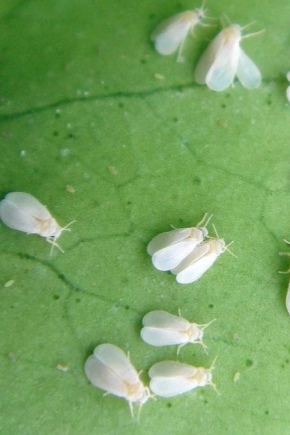
Protection against blood-sucking insects in nature and at home can be carried out not only with the use of chemical repellents. Folk remedies for midges are no less effective, but much safer for humans and the environment. A detailed overview of the available recipes will help you understand how to make the best DIY defense without much effort and cost.
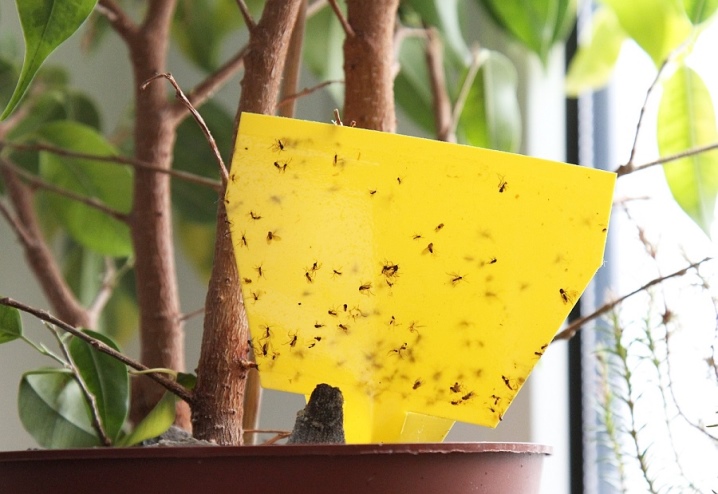
Advantages and disadvantages
Despite the abundance of repellents in stores, folk remedies for midges - forest or home blood-sucking gnats - are still relevant. The reason for this is the obvious advantages that they have. There are clear advantages of self-made funds.
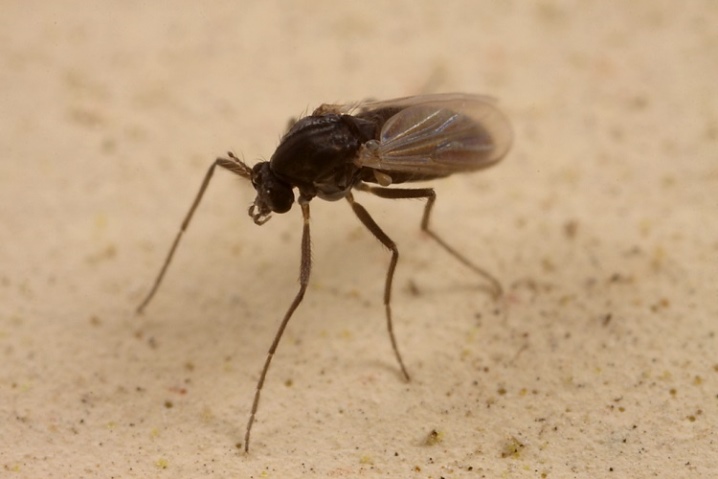
- Availability. The ingredients for these repellents can be tools at hand, campfire smoke, or even plant sap. You do not need to spend a lot of money on expensive chemicals, which, moreover, are not always effective.
- Low toxicity. The use of folk remedies in the fight against midges does not harm the environment. Many recipes allow you to choose the right protection even for allergy sufferers, babies, people with skin dermatitis.
- Versatility of application. Most of these recipes work well both at home and outdoors. The use of natural and natural repellents does not require an electrical connection, as is the case with fumigators.
- Simplicity and ease of storage. The ingredients for folk remedies can be found in your home medicine cabinet. You can usually store ready-made formulations even at room temperature.
- No risk of overdose. Most pre-made products can be applied as often as needed.
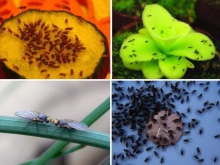
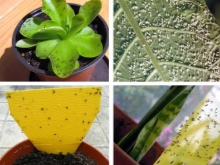
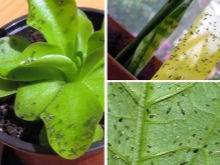
The disadvantages of using folk remedies for midges are also quite obvious. They do not kill insects, but only scare them away.
In addition, the duration of action of such funds is rather short.
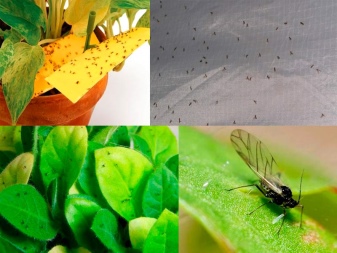
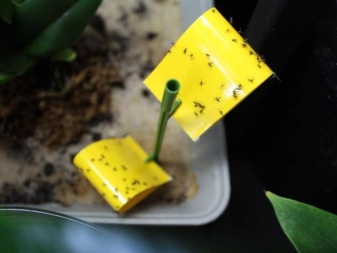
The best products to apply to the skin
The first thing that can scare off blood-sucking insects, including midges, is means for applying to the skin. They can be made by hand, in the form of a spray, lotion, balm or cream. The main purpose of such formulations is to mask the natural smell of a person. It intensifies during moments of physical activity, attracting midges and mosquitoes, horseflies. Essential oil - the simplest natural repellent, saves a person from such attacks, making him invisible to the gnat.
For application to exposed parts of the body, substances with a strong and pungent odor are best suited. Among essential oils, these requirements are fully met:
- pink;
- citrus (lemon, lime, grapefruit);
- thyme;
- basil;
- rosemary;
- aniseed;
- juniper;
- cedar.
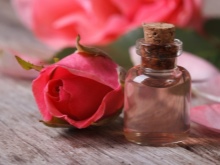
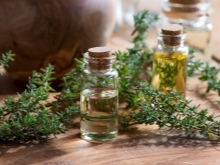

Other fragrances also do a good job of this. Clove and geranium, tea tree and vanilla are more easily tolerated by pungent and spicy odors. They can be mistaken for perfume, combined with perfume when used in the daily fight against biting insects. Natural ingredients are not used in their pure form - they are added to lotions, creams, basic vegetable or animal fat bases, dissolved in alcohol to obtain a repellent spray.
For children, they use the same methods of struggle, but taking into account some age restrictions. Natural oils help well against insect attacks on babies under the age of 12 months:
- chamomile;
- lavender;
- roses;
- orange and other citrus fruits;
- sandal;
- cinnamon.

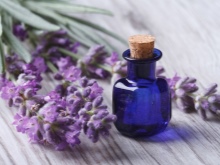

These ingredients can be mixed or used neat. For older children, peppermint and eucalyptus oils are also suitable. Dosage when applied to the skin is also directly related to age. Children under 1 year old are allowed no more than 1 drop of essential oil, up to 5 years old this amount is doubled, then 1/2 of the volume used for adults is used. Also, a natural repellent can be applied to baby's clothes and shoes, his stroller.
It is unlikely that it will be possible to save oneself from the invasion of midges in the forest with the help of oils alone. The abundance of insects will nullify all efforts.
But in the city, on the beach or in the park, natural repellents can be a real lifesaver.
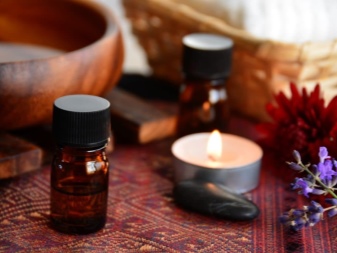
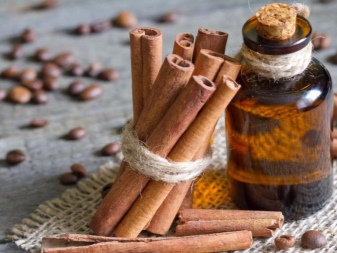
How to protect an apartment and a house?
Midges and other forms of small blood-sucking insects can make life at home completely unbearable. Both children and adults suffer from their bites. Sometimes insects only appear in the kitchen. In this case, protection from small or black midges will be needed not only for people, but also for food. Spices will help to remove the pest from the residential area.
- Carnation. To scare away midges, you will need to prepare a decoction based on 50 g of dry buds and 400 ml of water. It is boiled on the stove to repel pests. It is better to open the vents so that midges can leave the dwelling. Also, in a private house, you can simply light a bunch of dry cloves or heat the buds in a frying pan, using them as an air fragrance.
- Laurel. A strong decoction from the leaves of this plant is well suited for application to window frames, window sills, door openings, and other objects. The strong aroma will scare away pests even on the approach.
- Vanilla. On the basis of a powdery substance - natural or artificial - homemade flavors are prepared. Water flavored with such a component can be poured into not too deep bowls, and then placed in the kitchen or on the windowsill in the room.
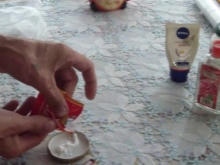
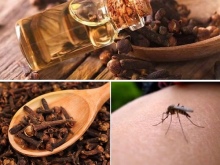

Often, birch tar is offered as a repellent for the home. But its strong unpleasant smell can hardly be called suitable for a home. In addition, you can replace the fumigator at home with an aroma lamp used in combination with oils. A bowl of such a device is filled with water, 3-4 drops of an additional ingredient are added, and heated.
The best choice is the oil of clove, cypress, cedar, mint and lavender.
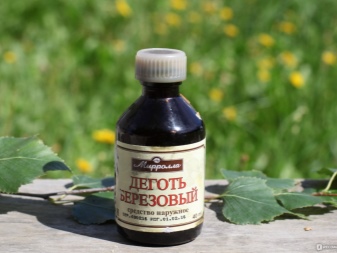
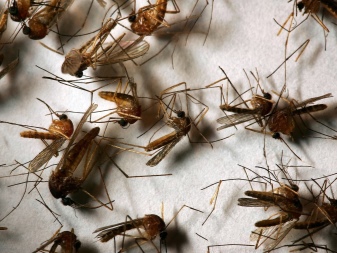
The most effective options in nature
Being in the fresh air can easily spoil the midge. On a hike and on a picnic, in the country house and in the yard of your own house, the risk of encountering blood-sucking insects is very high. While on the street, you should not neglect a whole range of means and protection measures. By combining different methods, you can get rid of annoying pests for several hours, avoiding the appearance of painful bites on the body.
Usually midges are afraid of strong and strong odors. If essential oils are not at hand, you can find a suitable replacement right in nature. It is enough to pay attention to plants and materials that can repel pests in their natural habitat. Smoke from a fire, odorous insect secretions, spruce or pine needles will do.
It is worth telling a little more about their correct application.

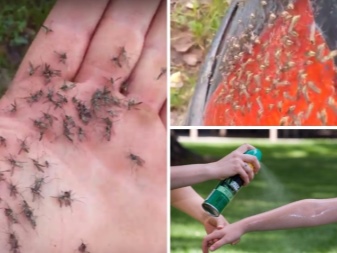
Formic acid
Experienced hikers, fishermen and hunters are familiar with this natural insecticide. Collecting formic acid in the forest is easy enough. To do this, you need to find a habitat for beneficial insects. Usually anthills are located in well-lit places, sunny glades, clearings among trees. Having found an ant heap, you need to act like this:
- straighten a piece of cloth (handkerchief, piece of gauze, towel);
- place it on top of the anthill, carefully spread it out;
- wait 15-30 minutes;
- remove matter from the anthill, shake off insects.
An acid-soaked piece of cloth can be used as a repellent. They rub the skin on open areas of the body.You can also purchase a formic alcohol solution in advance at the pharmacy. It is usually used for rubbing.
But this composition is perfect for scaring off blood-sucking insects in the open air, protecting a tent or awning when creating a forest camp.
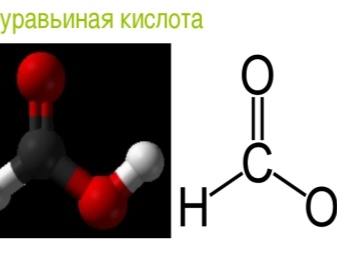
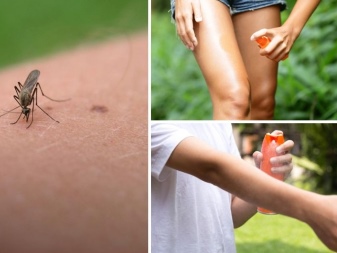
Smells that repel insects
If you have time for preparation, you can take natural repellents with you on a country walk, rest. The odors that midges cannot tolerate are well known. These include birch tar - you can soak a piece of gauze with it, using it as a tent curtain, and apply it to other objects. It is not recommended to apply this substance in its pure form to the skin - chemical burns are possible.
Camphor is another fragrance that can repel insects. Blood-sucking parasites - mosquitoes, midges - are easily scared away by the smell of oil or alcohol based on it. These compounds are used to rub the skin, spray on clothes, spray on the fabric of the tent tent. You can put the camphor in an empty tin can and then reheat it over the fire.
The odor released will scare away pests at a distance of several meters.
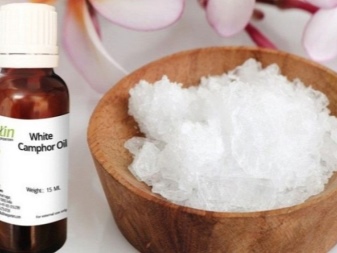
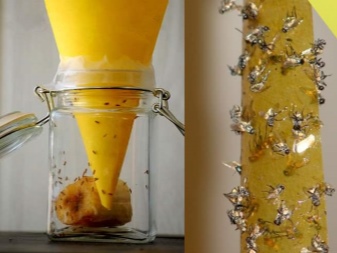
A half of lemon with carnation stars stuck into it is an excellent repellent that can protect the tent from midges all night. It is enough to place this impromptu protection near the bed. Such a tool can also be used at home - in places where children sleep, pregnant women who are contraindicated in chemical insecticides.
Ordinary plant leaves can be considered a good natural repellent. You can just pluck a branch of mountain ash or bird cherry. Fresh leaves are rubbed in the palms, then the resulting gruel is smeared on the skin on the open areas of the face and body.
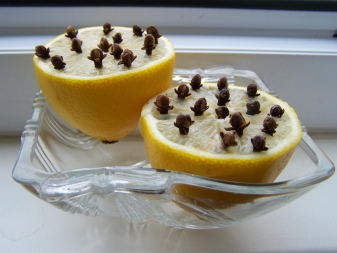
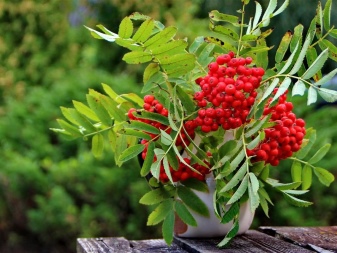
Bonfire and smoke
Even an ordinary source of open fire can create a smokescreen that prevents midges and mosquitoes from attacking humans. A bonfire is made during hikes, in overnight camps, and on picnics. Additional components, periodically tossed into the fire, will help to achieve a much more noticeable effect. Such natural insecticides can be bunches of fresh or slightly dried chamomile, wormwood and tansy. You can also throw last year's dry reeds into the fire, but only if the hearth is located 5-6 meters from the camp - the smoke will be released quite intensively.
A good alternative to a fire maintained overnight is the use of local firefighting equipment. The tinder fungus, especially the old one, actively spreading spores, shows itself well in this capacity. It needs to be cut off, strung on a long rod that can be stuck into the ground next to the tents. The body of the mushroom is set on fire, left to smolder, like a smoke bomb.
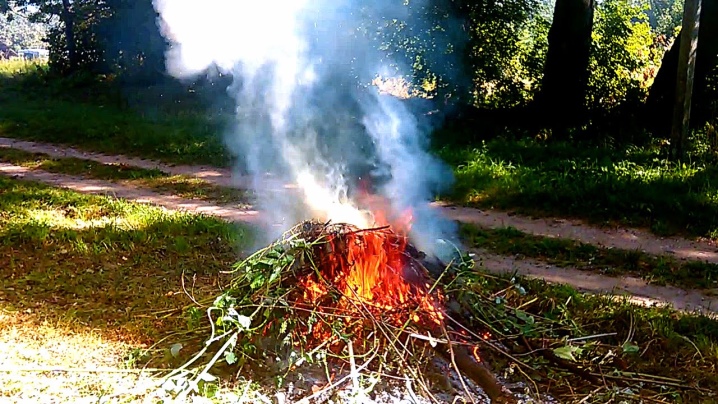
Fresh needles and cones
Essential oils found in cedar, pine, and spruce can be excellent natural repellents. They can be used for their own purposes in nature, to protect against midges. It is enough to collect the needles and cones, and then add them to the fire.
If we are talking about a situation where protection is required in the country, during evening tea, this effect can also be used. Cones are used when kindling a samovar, while simultaneously obtaining the effect of a repellent without spraying harmful substances. The resinous substances contained in them do an excellent job of scaring away midges.
Whatever the choice of means of struggle, folk methods compare favorably with artificial counterparts in their safety for health and the environment.
Knowing the secrets of protection against insects, even in the forest, you can easily avoid numerous bites, as well as the accompanying itching.
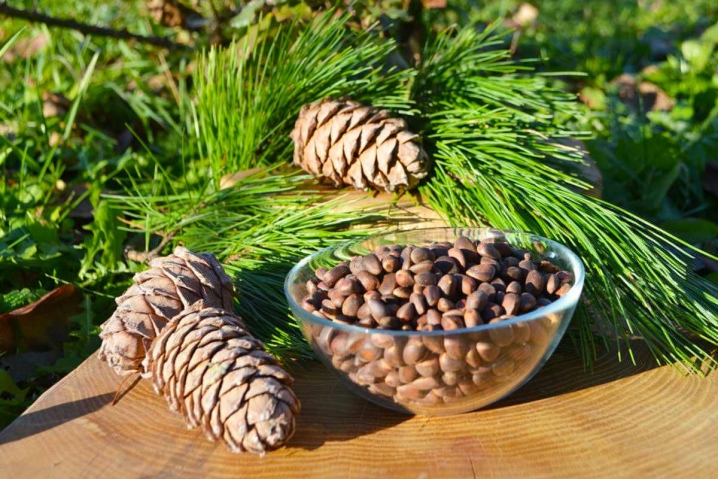













Vanilla works, is divorced in water.
The comment was sent successfully.